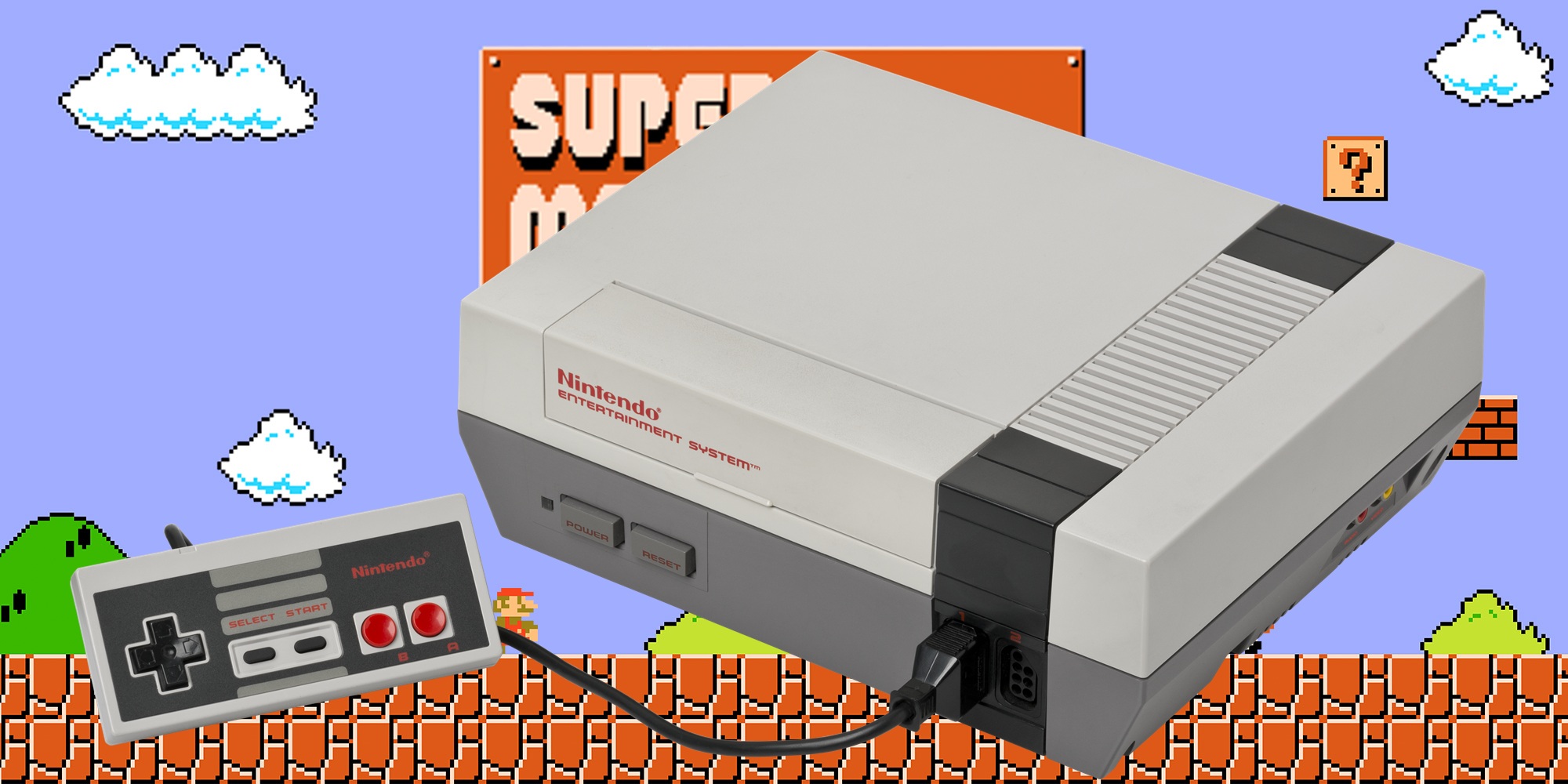The Nintendo Entertainment System (NES) celebrates its 40th anniversary this year, marking a console that transformed the gaming landscape. Releasing in the U.S. amid the post-1983 industry downturn, Nintendo’s debut Western home system revived a faltering market and established blueprints still shaping modern gaming.
To commemorate this milestone, we spoke with Frank Cifaldi, Director and Founder of the Video Game History Foundation. Drawing from the foundation’s archival efforts, Cifaldi shared insights on the NES’s pivotal 1985 CES debut, its cultural resonance, and enduring influence.
This interview has been lightly edited for clarity and format
1. Four decades later, the NES remains iconic. What core elements drove its dominance in both Japan and the U.S.?
Nintendo’s triumph stemmed from perfect timing and unrivaled software quality. Post-crash, the market lacked innovation. The Famicom, already thriving in Japan, arrived stateside with polished titles like Super Mario Bros., overshadowing competitors like Atari and Sega. Tight control over third-party content ensured consistent quality, a strategic edge during the 1980s.
2. The NES evokes unique nostalgia. What fueled this emotional connection—game design, branding, or intangible factors?
Nintendo’s cultural saturation was unmatched. Franchises like Metroid and The Legend of Zelda became synonymous with gaming itself. Combined with multimedia tie-ins and mascot-driven marketing, the NES era imprinted itself on a generation, blending play with shared cultural experiences.
3. Your team uncovered the rare AVS press kit from CES 1985. Why is this artifact pivotal to understanding Nintendo’s post-crash strategy?
The AVS prototype reveals Nintendo’s initial pitch as an educational device. Had they pursued this angle instead of embracing pure entertainment, gaming history might have diverged entirely. It’s a tantalizing glimpse into uncharted possibilities.
4. Given the industry’s fragility post-crash, how precarious was the NES’s U.S. launch, and what pivotal decision secured its success?
Nintendo learned from Atari’s mistakes. By enforcing strict quality controls and limiting third-party licenses, they rebuilt consumer trust. This focus on curation, paired with Mario’s universal appeal, provided the foundation for recovery—without it, the NES might have faded alongside earlier consoles.
5. Reports suggest Atari nearly partnered with Nintendo pre-launch. If that deal had closed, how might it have reshaped gaming’s trajectory?
Historical records remain sparse, making conclusions speculative. While such a merger could have accelerated recovery, it’s equally possible that conflicting corporate philosophies might have stifled Nintendo’s creative vision. As historians, we prioritize documented facts over hypotheticals.

6. The NES introduced industry-defining practices. Which innovation continues to resonate most significantly today?
The lock-out chip fundamentally altered console ecosystems. By restricting unlicensed games, Nintendo cemented hardware manufacturers’ control over software distribution—a model still intact. While this safeguarded quality, it limited indie creativity until digital storefronts emerged decades later.
7. Preserving NES-era materials poses unique challenges. What barriers threaten these artifacts’ survival?
Beyond physical decay, storage limitations and generational turnover jeopardize historical materials. Many items get discarded during moves or estate clearances. We urge collectors and developers to contact us about safeguarding at-risk items for future study.
8. With re-releases and remasters prevalent, is the industry adequately honoring gaming’s heritage?
Commercial reissues serve markets, not preservation. True archival work requires non-commercial efforts. Libraries and institutions must be empowered to provide access without corporate restrictions, ensuring history isn’t gatekept by profitability concerns.
9. Beyond first-party hits, which NES games were pivotal to its legacy?
While Nintendo’s franchises dominated sales, licensed titles like Teenage Mutant Ninja Turtles achieved massive reach. These cross-media successes expanded gaming’s audience, proving the medium’s potential beyond traditional demographics.
10. As both historian and fan, what personal significance does the NES hold for you today?
The NES transformed gaming from disposable fad to enduring art form. Its legacy isn’t just nostalgia—it’s the birth of an industry that now rivals film and music in cultural impact.
Thank you, Frank!
Happy 40th to the NES—here’s to countless more anniversaries!
Connect with Wccftech via Google or designate us as your chosen news provider for timely updates and reviews.



